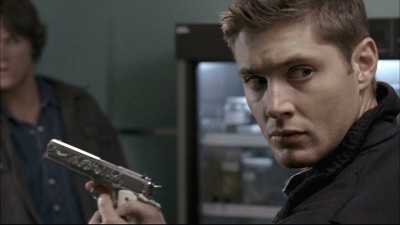I just finished Crowley's bustle and petticoat, so I thought I'd post some details about what I've learned from this whole pile of crazy. I am no expert, but these are some things I googled and failed to find results for, so I'm putting out what worked best for me.
Chemise: Make it out of thin, soft, breathable fabric.
Drawers: Drawers do not look good. Period. They're weird. Now, if you make them out of thin fabric, and trim them well, it distracts from the camel-toe front and sagging ass back, but they still aren't sexy.
Corsets: Make them longer than you think you'll need. Once you do a fitting you can trim them down a bit, but it's always better to go longer. For a single layer corset use bias strips for your channels. If you are covering your coutil in something pretty, stitch your boning channels to the inside. If you need exterior boning channels, stitch your pretty fabric and your coutil into a tube, press flat with the seam centered, and then trim the seam allowance.
If you try to do bias of pretty and bias of coutil layered on top of one another, there will be shifting and fraying and uneven-ness. If you stitch the pretty and the coutil together into a tube, trim the seam allowance, and then press, there will be fraying. Better to make a tube, press first, and then trim.
When possible, do a final fitting before all the seams are finished, in case there needs to be any minor tweaking. And always stitch pieces together, then press to one side and stitch down 1/16th inch away from the seam, then finish as you please (flat-fell into a boning channel or trim and cover with bias channel). Stitching each seam twice will let you sleep easy knowing that spontaneous corset explosion is not on the docket.
Bustles: Online tips suggest light fabric, but get the light side of well woven fabric, like twill, or heavy quilter's cotton. Making bustles out of muslin just starts a mental countdown of how long you have until it tears and you have to make
another bustle.
If you are making a bustle out of an online guide (
like this one) and have never made one before, two-thirds of you corseted high hip measurement makes a nice sized bustle. (So if, with your corset on, your high hip is 30 inches, the top bone of your bustle should be around 20 inches, at least if you want a bustle that looks like those I've made.) You can obviously go larger (Crowley's is the only bustle that is larger that that proportion), but if you were wondering where's a good place to start, that's where I started.
In the American Duchess guide I linked, she put the apex of her top bone 4 inches from the waistband edge. Do not put it closer to the edge than that, or the angle gets pretty extreme. If you are a larger woman, you might want the apex 5 or 6 inches from the waistband, so there is room for your butt and the bustle won't try to ride up.
Petticoats: If you are short (i.e. less than 5 feet tall), and don't mind a petticoat that lacks fluff, you can kinda get away with 3 yards of 44 inch wide material. Otherwise, you want closer to 4 or 5, in order to make ruffle-y bits. All of my petticoats followed the same
basic pattern. I cut the front and the side fronts as shown, but I cut the back and back sides only to knee length (usually about 25 inches for the side backs and 26 for the back). Side backs and back stitched together to about 50-55 inches at the bottom, so I made a ruffle out of a 100-120 inch long strip, and wide enough to reach the skirt's finished length, and stitched it to the back. Then the petticoat back can be stitched to the front half, along with a placket for closures and a waistband.
For Samifer's, the whole thing was made about 6 inches shorter, and a pre-gathered eyelet band was added to the bottom. Most have cording thrown in the back, to keep it fluffy, and Dean's has two rows of ruffles. Crowley's was made 4 inches shorter, because she's just that short, and lace was added to make up for the lack of ruffle (her ruffle was only 65 inches, stitched onto the 50 inch back, because I ran out of fabric).
That skirt pattern makes for a super fluffy petticoat for a woman with a 26 inch corseted waist. It makes a decently fluffy petticoat for a woman with a 30 inch corseted waist. Larger than that, and I suggest adding width to each piece to keep the fluff. For Castiel, I subtracted 26 inches from her corseted waist measurement, then divided the difference by the number of skirt pieces, and added that much on to each. Or you could just add where you like. (To a super fluffy petticoat for a 30 inch corseted waist, you'd want to add a total of 4 inches to the pattern, which you could just add an inch to the side back and half back pieces, making 4 inches overall. That way the extra width is concentrated in the back where you want it.)
Pictures of Crowley's bustle and petticoat will follow soon, but for now I'll let you digest that brick of text.



.jpg)






































